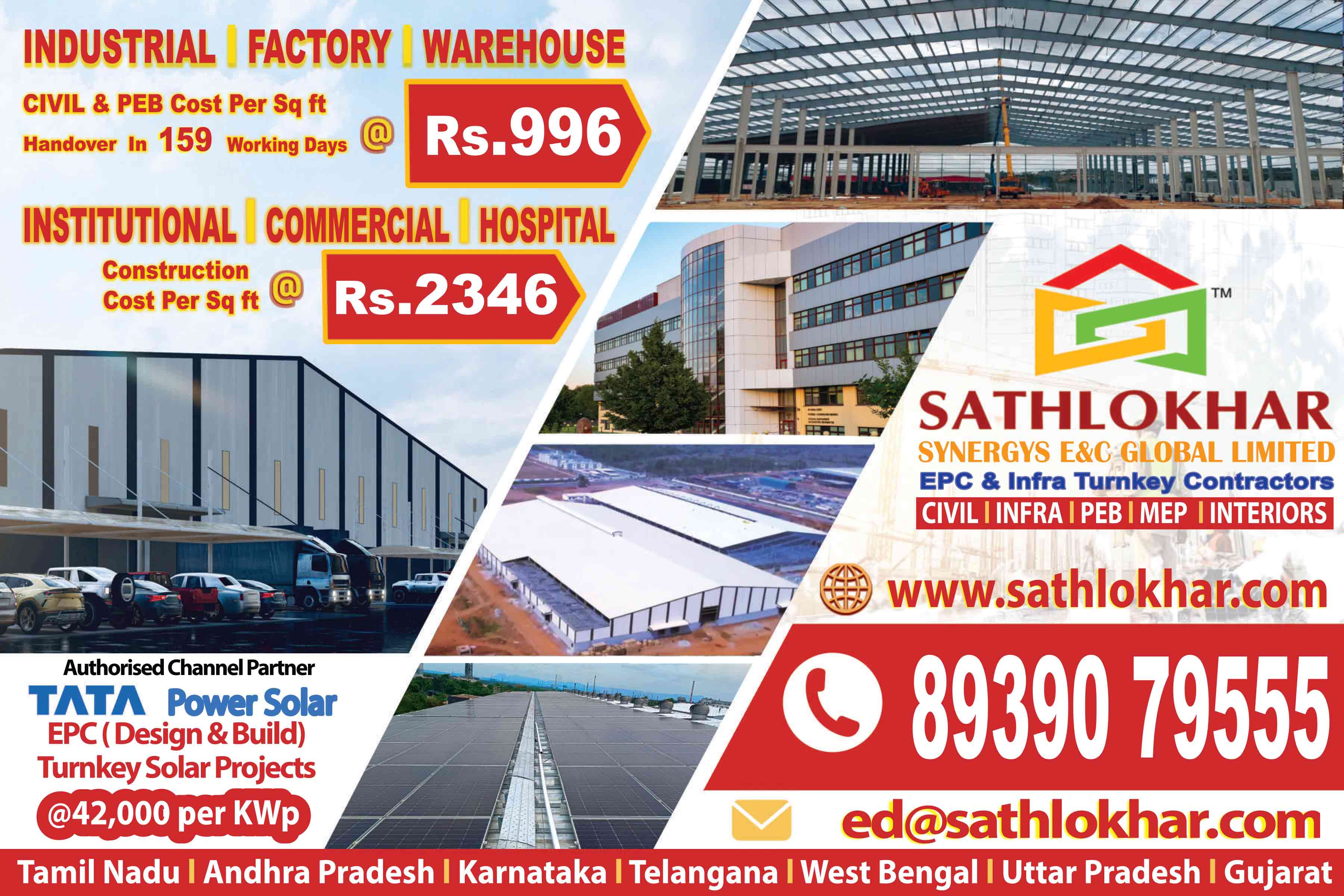What Are the Different Factors to be kept in Mind While Designing Pre Engineered Buildings?
In the basics of structural engineering, every Pre Engineered Building (PEB) is developed by a PEB contractor or PEB producer. It is made up by utilizing the best available raw material and makes use of manufacturing practices that can effectively satisfy a wide variety of structural as well as aesthetic design needs. Many Commercial Builders in Chennai look for this PEB as it brings customized solutions, flexibility, strength and Good value.
Security is consistent with vital significance while building a structure. All in all, what are the various ‘loads’ that should be dealt with while developing a pre-designed structure? Now let us give you a clear idea of it by detailing it.
Dead and Collateral Loads:
Dead Load is alluded to as the heaviness of all changeless development materials to be specific confining, material and other basic components. Since it is all around structured and known ahead of time, the dead load is dispensed a similarly low factor of wellbeing in a definitive (load factor) plan.
Guarantee or superimposed dead Load is a specific sort that consolidates the heaviness of any materials other than the long-lasting or permanent development. It might contemplate the heaviness of mechanical conduits, sprinklers, future roofs, electrical work, and re material.
Live Load:
Live Load is very much different as it refers to the dynamic forces from occupancy and calculatedly used. It is a transient force that moves only through the building. We can also term it as a movable object such as furniture, storage products, portable equipment, etc., for repairing or maintenance it is a much more complex one. So the framing should be structured very well because the loads should withstand only once or twice in the life span of the structure. So to avoid this and prefer the best loads for buildings the contractors usually prefer Warehouse construction companies in Chennai.
Wind Load:
Wind load is the load placed on the building and observes the wind speed and its air density. It is used to design wind resisting structures, for quite a while, engineer’s esteemed breeze to be an even power and registered it by duplicating the plan wind weight with the assessed region of the structure.
Earthquake load:
Variables affecting the greatness of vibration powers on the structure consolidate the sort of soil, since explicit soils tend to build seismic waves. The level of the structure’s solidness is additionally indispensable. The plan seismic power is defiantly associated with the essential time of vibration. The power is additionally affected by the sort of structure’s sidelong load-opposing framework. Most construction standards confirm that the structures planned to fit the seismic code arrangements should withstand minor shakes without supporting harm, moderate quakes without basic harm and the enormous ones without breakdown. The structure ought to have the ability to last past its versatile area to disseminate the quake produced vitality. This is the must use load in the case to avoid future effects.
Crane Load:
We often very well aware or known of this kind of load, here it is used as handling materials in metal buildings. A structure crane is a complex basic framework that includes the genuine crane with a trolley and lifts, crane rails with their fastenings, basic backings, crane runway bars, stops, and guards. A mechanized crane would include electrical just as mechanical parts. Various kinds of cranes are fitting for modern metal structure frameworks.
So, any PEB Steel manufacturer should know about these factors before constructing pre-engineered steel buildings.











